You can read this exclusive content thanks to the FALATH & PARTNERS law firm, which assists American people with Slovak roots in obtaining Slovak citizenship and reconnecting them with the land of their ancestors.
“Instantly killed.” These two words begin the terse description I found in old records summarizing the demise of my great-grandfather, Michal Podproč, who like his brother left the territory of Slovakia [the village of Slovinky, Ed.] in the 1880s and hoped to make a better life for his wife and young child. Sadly, his story ended at the age of 30 in the darkness of a coal mine in eastern Pennsylvania.
His wife and child were then westbound on the ocean only days from landing to finally join him, and shockingly learned of his death after their arrival.
The young widow soon remarried in Pennsylvania to a Slovak from the same hometown, and a large family resulted from this union. Her second husband died later in life from lung disease caused by work in coal mines.
The migrant transition was not an easy path.
All of my grandparents and great-grandparents were born in the Spiš and Šariš regions in northeastern Slovakia. My parents were born in the United States. The Slovak heritage and many traditions remained a part of our lives while growing up, but few details of the ancestral country and situations there were discussed during my early years.
From research straight into the book
Later in life I intermittently began adding information as I learned more through personal research and by an extensive tour of Slovakia where I found distant relatives.
Through this research, I became aware of video sessions hosted from Slovakia by Zuzana Palovic and Gabriela Beregházyová covering many aspects of Slovak history, culture, traditions, and migration. Both have relevant doctorates, and these presentations were part of their larger enterprise to document and share the story of Slovakia with the world, in particular with the dispersed descendants of early migrants.
Through this interaction, they became aware of my heritage and invited me to contribute a chapter on my family story for a book they were compiling titled Slovak Settlers. They recognized the “yearning and hunger to connect with one’s roots,” and hoped to create “a bridge between worlds old and new, between yesterday and today” to provide “understanding to families on both sides of the Atlantic.”
I am pleased with the English-language 2023 result.
The first 15 percent of the book provides a historical overview of the massive migration from the territory of Slovakia in the late 1800s and early 20th century, including bibliographic references. Slightly over three-quarters of the book is then devoted to 44 personal family stories of emigration to the U.S., Canada, Argentina, and Australia. These were each separately written by invited contributors of Slovak heritage, so the style and method of relating the unique content varies, as does the nature of each story told. Most are written by children or grandchildren of the immigrants, but first-hand accounts are also included. Many of these authors write with the invaluable insight gained from having personally visited their ancestral homeland, absorbing the nature of the people and the land, and establishing contact with relatives.
Similar threads and new details
Stories highlight the perseverance of the Slovaks in adapting to continually challenging circumstances, both in the homeland and in distant destinations. Carefully preserved cultural traditions assisted them by providing a grounding sense of familiarity and also support for gradually integrating into the fabric of the new communities and culture. Often quite young, the adventurous voyagers possessed impressive confidence, self-assurance and determination. I liked that these stories expanded insight on my own ancestral legacy, with many similar threads and also specific new details emerging.
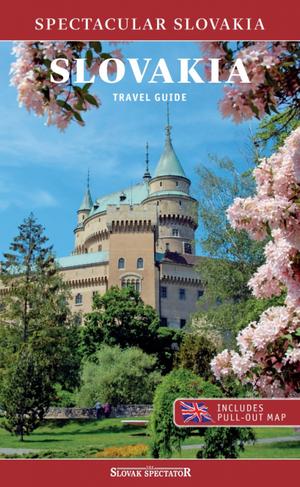 A helping hand in the heart of Europe offers a travel guide of Slovakia. (source: Spectacular Slovakia)
A helping hand in the heart of Europe offers a travel guide of Slovakia. (source: Spectacular Slovakia)
“Baba would make fried doughnuts (čeregy) and sprinkle them with sugar,” one noted, exactly my recollection of every visit to my own grandmother.
We are also presented with the shocking pogroms and tragic loss of family during the Second World War, and with narrow escapes from persecution of various kinds during those dark days. “As part of a general round-up of Jews in Slovakia, mother’s family was being deported,” recalls one who was there. The hazards of the lowest-paying jobs available for new immigrants unable to speak English are poignantly portrayed. Some never again set foot in the land of their birth, though many did.
The professional artwork is striking, beginning with the covers. A family in traditional attire stands alone on board a ship viewing the Statue of Liberty for the first time as they arrive in the U.S. This image warmly evokes their combined sense of excitement and uneasiness as they boldly prepare to step ashore.
Noteworthy book with flaws
Numerous unique photos depict key individuals, and some sketches are embedded within the stories.
Photo annotations are appended in a section at the back of the book, requiring frequent page flipping while reading. The stories conclude with a very brief biography of each author along with a favorite family recipe.
The lack of a table of contents is a glaring omission in the 863-page volume. Also, an index containing at least place names and family surnames would have greatly helped researchers quickly find pertinent points of interest. There is some redundancy as key points are stressed in the extensive introductory section, and a few rare typos remain.
A Slovak translation has been completed and also became available in 2023. It must be noted that this is not the same content as the English version. The title is changed to Slovenskí vysťahovalci: História slovenského vysťahovalectva, and the length is only 383 pages, or 44 percent of the English version. It still contains the long historical overview and provides the powerful impact of 17 personal family stories. The size reduction was accomplished by deleting 61 percent of the family stories as well as all the recipes and the entire appendix of photo annotations. Some of the retained stories have also been slightly altered in places, so while close they are not necessarily identical to the English version.
Some resulting errors were noted.
For example, when discussing my father’s military contributions I certainly did not write that he fought Japanese in Tunisia as appears in the translation. “Americká armáda smerovala do Tuniska, keď narazila na tvrdý odpor zo strany nemeckých, talianskych a japonských síl.“ The Slovak edition does include a table of contents and retains the bibliography, but still lacks an index. The unexplained photos lose considerable value and relevance to the stories, as they are now only faces without names.
Overall, Slovak Settlers is a noteworthy contribution to the literature that provides substantial wide-ranging depth and breadth probably not previously accomplished to this extent in a single volume. It’s both sobering and encouraging to see how so many courageous migrants overcame tremendous hardships to create rewarding new opportunities for themselves and their descendants while retaining an intrinsic enduring love of their homeland.
Slovak Settlers, The Emotional History of Immigration, by Zuzana Palovic and Gabriela Beregházyová– published by Global Slovakia, Senica, Slovakia, and Polygrafické centrum, Bratislava (2023).
Spectacular Slovakia travel guides
A helping hand in the heart of Europe thanks to the Slovakia travel guide with more than 1,000 photos and hundred of tourist spots.
Detailed travel guide to the Tatras introduces you to the whole region around the Tatra mountains, including attractions on the Polish side.
Lost in Bratislava? Impossible with our City Guide !
See some selected travel articles , podcasts , traveller info as well as other guides dedicated to Nitra , Trenčín Region , Trnava Region and Žilina Region .

 My grandfather John Mager, seated top center boldly holding the line with his western Pennsylvania coal mining crew in the early 1920s. He found a Slovak sweetheart also from Šariš in the U.S. and they had a large family, including my mother Elizabeth. (source: Courtesy of K. D.)
My grandfather John Mager, seated top center boldly holding the line with his western Pennsylvania coal mining crew in the early 1920s. He found a Slovak sweetheart also from Šariš in the U.S. and they had a large family, including my mother Elizabeth. (source: Courtesy of K. D.)
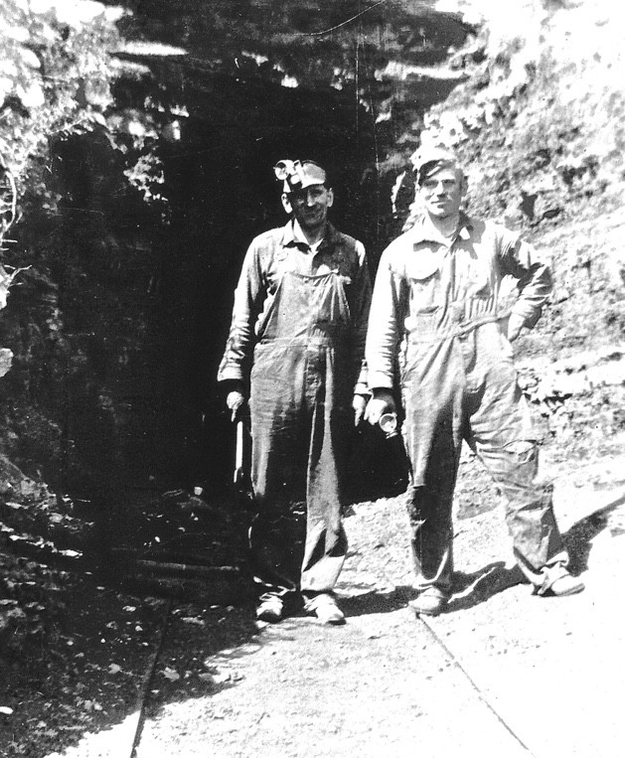 My grandfather Nicholas Duda, left, and partner at his Montana coal mine in the early 1920s. Like his father lost in an eastern Pennsylvania coal mine accident, Nick became a miner in Pennsylvania and other states until changing professions in Michigan. He arrived in Pennsylvania as a young child with his mother Anna in 1886 only to learn that his father had been killed. (source: Courtesy of K. D.)
My grandfather Nicholas Duda, left, and partner at his Montana coal mine in the early 1920s. Like his father lost in an eastern Pennsylvania coal mine accident, Nick became a miner in Pennsylvania and other states until changing professions in Michigan. He arrived in Pennsylvania as a young child with his mother Anna in 1886 only to learn that his father had been killed. (source: Courtesy of K. D.)
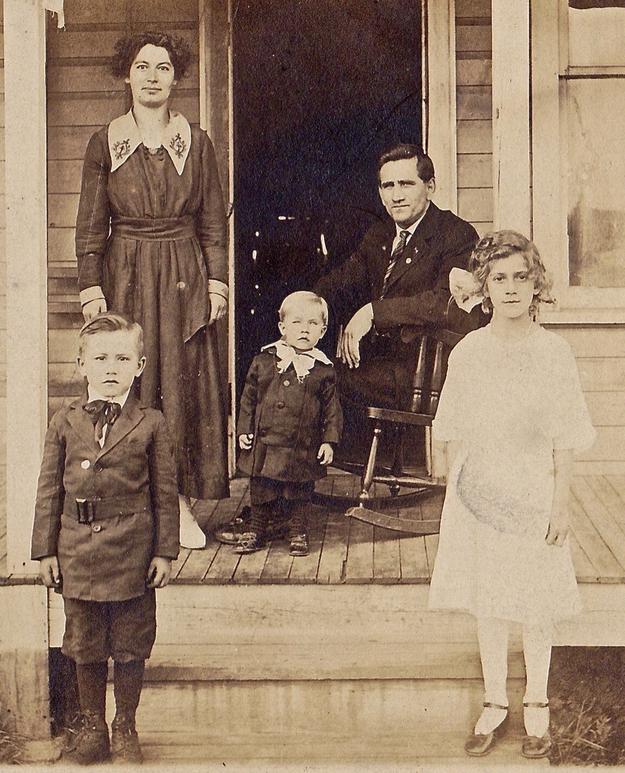 My grandparents Elizabeth (Salko) and Nicholas Duda with their children John, Clifford (my father) and Margaret at their Montana home around 1920, a family created in the U.S. by early emigrants from the territory of Slovakia. Nicholas came from Spiš, Elizabeth from Šariš. (source: Courtesy of K. D.)
My grandparents Elizabeth (Salko) and Nicholas Duda with their children John, Clifford (my father) and Margaret at their Montana home around 1920, a family created in the U.S. by early emigrants from the territory of Slovakia. Nicholas came from Spiš, Elizabeth from Šariš. (source: Courtesy of K. D.)
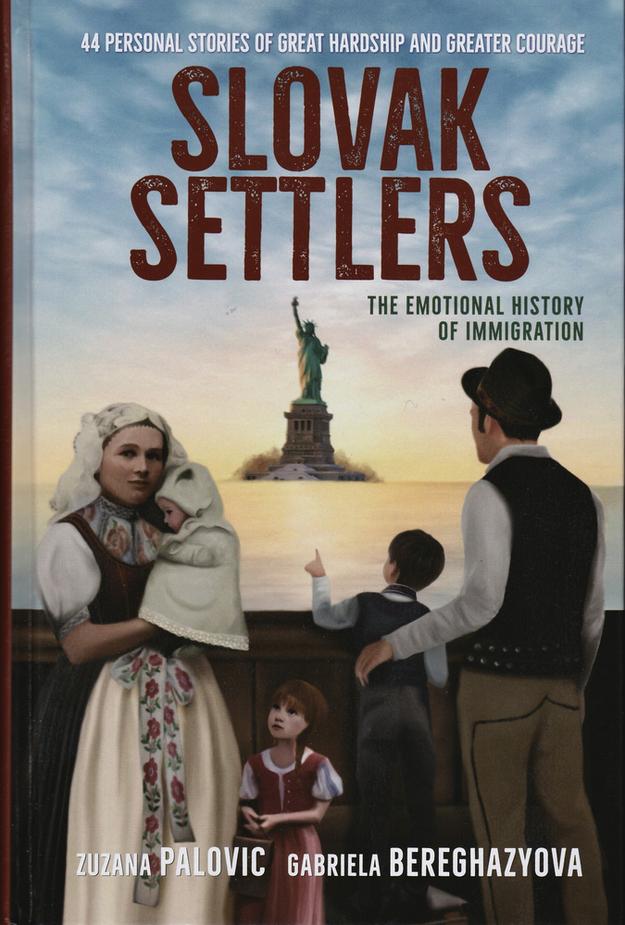 "Slovak Settlers, The Emotional History of Immigration" by Zuzana Palovic and Gabriela Beregházyová
"Slovak Settlers, The Emotional History of Immigration" by Zuzana Palovic and Gabriela Beregházyová
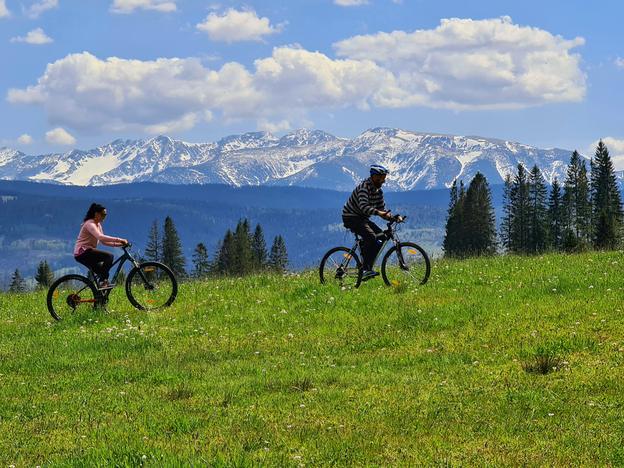 Cycling near Trstená (source: Tomáš Pallo)
Cycling near Trstená (source: Tomáš Pallo)